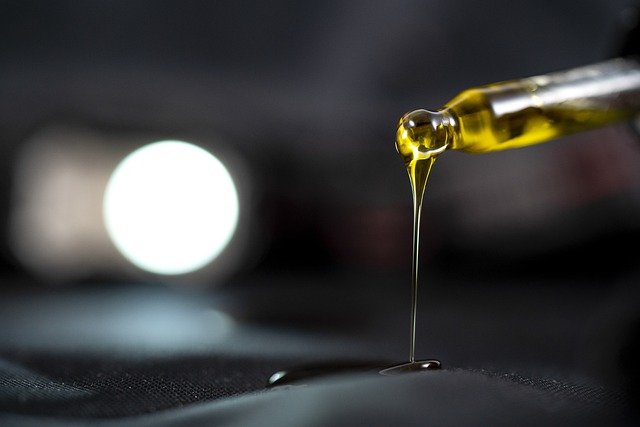
It is a common belief that all CBD oils are the same and that they will all provide the same effects. However, this is not the case; CBD oils can vary a great deal based on a wide range of factors.
Details such as the strength, range of cannabinoids, how the hemp plants are grown, and the extraction methods used all come together to create unique effects.
The labeling of most CBD oils often focuses more on being eye-catching than on providing information. As the CBD industry continues to expand, it becomes ever more critical for brands to make their products stand out.
With attention-grabbing packaging de-prioritizing informative details, it is more important than ever that shoppers understand the factors that make CBD oils different.
Understanding what CBD oils are and how they can vary will make it much easier to choose the best products and ensure long-lasting and effective results.
Here are the critical factors that make all CBD oils different.
Full-Spectrum CBD vs. CBD Isolate
The terms full-spectrum, isolate, and broad-spectrum can often be found within a product’s name. Unfortunately, many people do not understand what these terms mean or that they are essential to CBD oil purchasers.
Full-spectrum CBD is the term used to denote that all of the naturally occurring cannabinoids and terpenes from the hemp plant are retained in the final product. On the other hand, isolate means that the oil only contains one cannabinoid: CBD. Broad-spectrum offers a middle ground with some but not all cannabinoids present in the oil.
Manufacturers use minimal filtration methods to create full-spectrum oils. The main focus is on ensuring that excessive THC levels are removed so that the oil meets the legal THC limit of 0.3% in the USA.
Many people prefer full-spectrum oils as it is thought that the various cannabinoids within the oil can work together to create the entourage effect, with more powerful results. There are still many people who favor isolate oils, as they guarantee that all THC has been removed.
Another benefit of CBD isolates is that they have a much milder flavor profile. The terpenes found within full-spectrum oils can often result in a robust earthy taste that some people find unpleasant.
Flavored or Unflavored Oils
Most CBD companies sell their oils in a range of flavor profiles and offer an unflavored option for customers who prefer their CBD au-naturel. While the flavor of CBD hemp oil does not ultimately affect the product’s effectiveness, it can still be essential for ensuring usability.
The lingering herbal taste of unflavored oils can often be off-putting for many people. If the oil is unpleasant to consume, you are much less likely to use it as a regular supplement. It is therefore vital to choose an oil that has an enjoyable flavor.
Manufacturers add flavor in several different ways. Some companies choose to use additional terpenes that alter the oil’s flavor profile while still retaining a natural plant profile.
Alternatively, fruit flavorings can be added to change the profile of the oil completely. Some companies might also use artificial flavorings as this best disguises the earthy taste of the hemp plant.
There is no right way to flavor CBD oils, and the best option will generally depend on the user’s preferences. Equally, some people find that unflavored oils are the most enjoyable, mainly when adding them to recipes and drinks.
Not All CBD Oils Are the Same Strength
The strength of CBD oil is crucial for determining the effects and how long they last.
Finding the perfect strength can be a little tricky at first as everyone reacts differently and will require a slightly different dosage of CBD to achieve their desired effects. Over time, people also build a natural tolerance to CBD and find that they require more potent oils to achieve the same level of effectiveness.
The majority of companies sell their CBD oils in a range of strength options, allowing customers to easily find the best option.
The strength of a CBD oil is displayed in one of two ways. The most common method uses milligrams to inform the user precisely how much CBD there is within an oil tincture. Typically, the milligram strength is denoted in the name of the product. For example, PureKana names its products CBD oil 300 mg and so on. Otherwise, the milligrams will be listed in the product description or on the label.
The other method uses a percentage to show the concentration of the oil tincture that is made up of CBD. This information will also typically be displayed somewhere on the product’s packaging or in the name.
When shopping for CBD oils, it is always worth spending a little bit of extra time to compare different oils as no two companies will offer identical CBD oil tinctures.










